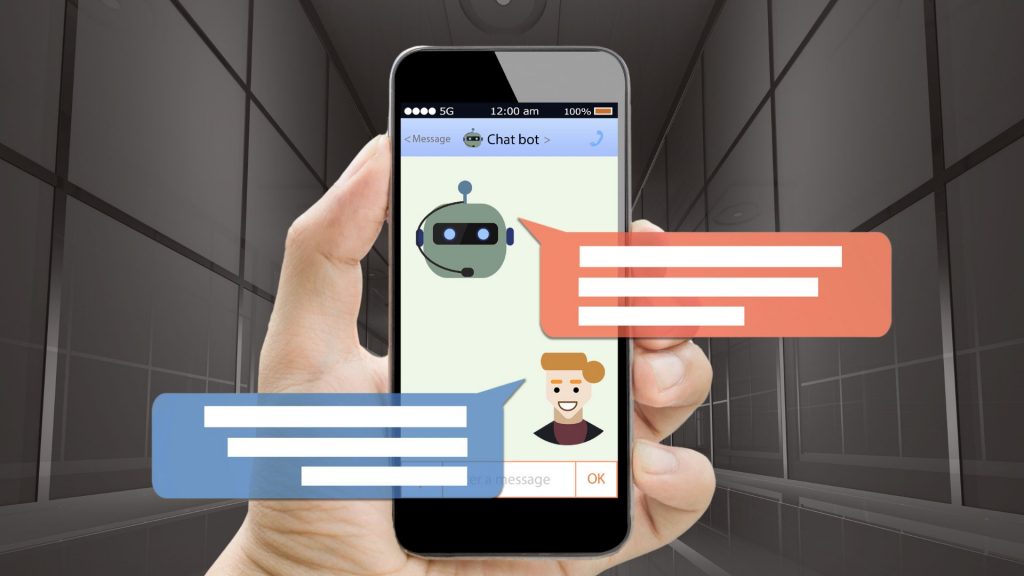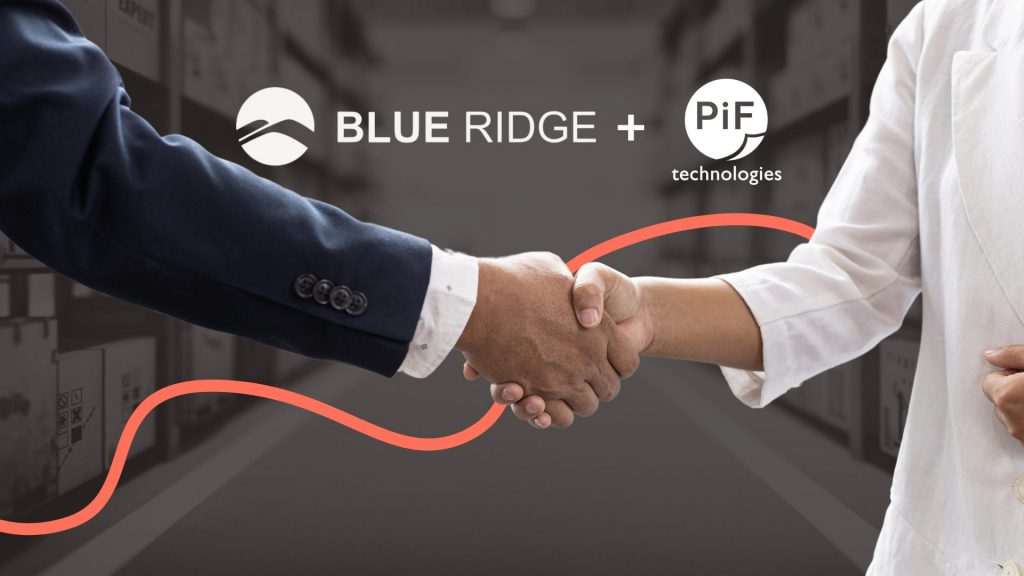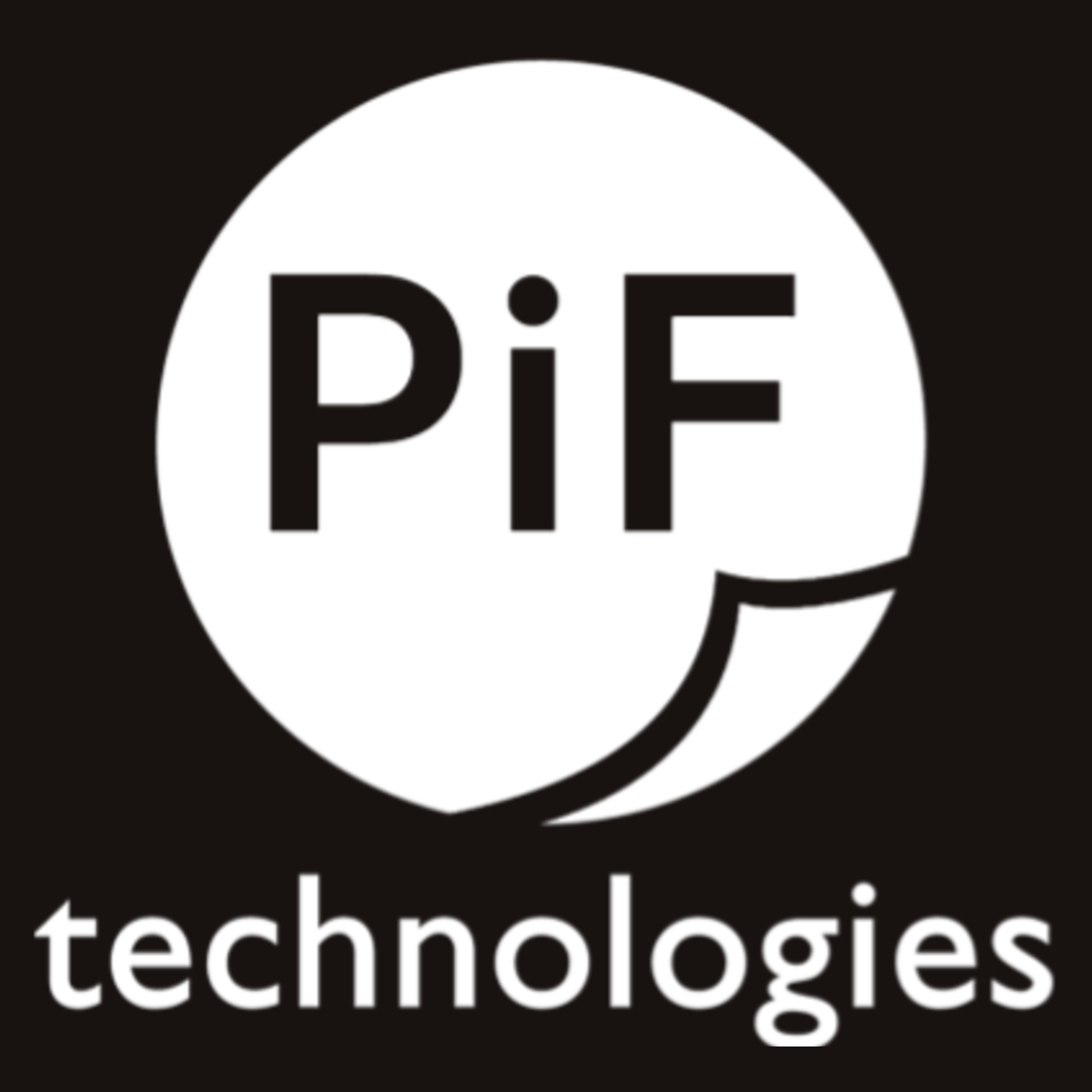With hiring and recruitment being a top-of-mind challenge for organizations in 2022, business leaders are constantly seeking out ways to find, hire, and retain great employees. Many organizations aim to offer the best perks and benefits on the market to entice new hires, but true organizational change often provides a longer-lasting impact for both new employees and current ones.
With a recent Gallup poll indicating that only 34% of employees are engaged at work and 16% consider themselves to be actively disengaged, making decisions that not only positively impact your new hires but also your current team is crucial. Unfortunately, there isn’t a one-size-fits-all solution for employee disengagement, inability to hire, and high turnover. One piece of the complicated company culture puzzle that just about every organization can focus on is improving your organization’s current state of onboarding. Not only does a smart, streamlined onboarding process set things off on the right foot for new hires, it also keeps your HR department from getting burnt out during the process.
Onboarding looks different for every organization, some use this time to do intensive training on processes and procedures, others may try to make it as fun and exciting as possible with scavenger hunts and first-day company swag, and many make it a combination of multiple things. Woven into the exciting immersion into company culture there are also required (and important) processes that can’t be overlooked during onboarding.
By utilizing technology to help make these processes go smoothly, you can engage employees from day one while also making work much simpler for HR.
Pain points for new employees
Frustrating application process
Shockingly, in 2022 there are still organizations that rely on paper applications or awkward fillable PDFs. As a new hire’s first impression of your organization, your application process needs to be as simple and seamless as possible. While many organizations seek out online hiring portals such as LinkedIn, GlassDoor, ZipRecruiter, or others, these apps can be difficult to manage and keep track of, and could result in applicants submitting multiple times or not being sure what website to use, leading them to abandon their application altogether.
How to solve it
A smart Electronic Forms product allows you to create an online application with easy spots to upload a resume, cover letter, references, and any certifications. By linking the application to anywhere you have the job posted, you can easily manage any applicants. Having a simple-to-use single hiring portal with a straightforward digital application is one of the easiest ways to let new hires know that your organization is technologically progressive and that you value applicants’ time.
Redundant Questions
Many forms during onboarding ask for the same information over and over again. Information like full name, address, social security number, and other basic details are typically required on every form. While this minor frustration may not cause new hires to rescind their offer acceptance, it’s an annoying problem that can easily be avoided.
How to solve it
Using Electronic Forms can help streamline this process by remembering what information employees entered on previous forms and pre-filling those fields for them. This eliminates the need to enter common data over and over, shortening the time spent on onboarding forms and helping new hires get started with their jobs quicker.
Time-consuming paper forms
Forms like an I-9, W-4, direct deposit, benefits enrollment, emergency contacts, and more need to be completed on or before the first day, and most new hires don’t want to spend a few hours sitting at their desk either using a pen and paper or filling a PDF to complete them. Their time can be better spent completing training, meeting their coworkers, or diving right into their work.
How to solve it
Custom Electronic Forms that include required federal forms, as well as any others that are necessary for onboarding that employees can quickly complete on their computer or even their smartphone. The data entered in the online forms portal matches automatically to the correct fields on federal or state forms and each form is filled out neatly and completely.
Involved timesheets and time-off requests
Tracking hours used to require employees to use physical punch cards to clock in and out each day. Many organizations still rely on this outdated method and wind up with cards that are difficult to read, easy to lose, and a pain to enter into your business software. When employees want to take time off, putting in a request and tracking days off can be an additional challenge. Issues regarding time sheets and paid time off should be taken especially seriously as misinformation or miscommunication can lead to missing wages, short staffing, or government involvement.
How to solve it
By utilizing Electronic Forms, employees can easily log-in and track their hours. This means no more annoying punch cards, no missing hours, and by integrating the forms directly with your ERP, payroll becomes much simpler for your team.
Pain points for your HR team
Facilitating background checks
Your hiring process contains multiple crucial steps to ensure that each new person you bring into your organization is going to be a productive team member and an asset to your business. Beyond simply asking the right questions on your applications and in interviews, many organizations choose to take a deeper dive. By conducting extensive background checks, drug tests, DMV record searches, and other reports, you can feel confident that your new hires will be a good fit for your organization, and ensure that you are compliant with state and federal regulations. Unfortunately, background checks are time-consuming for your employees and can further delay the hiring process.
How to solve it
With a custom Global HR Research connector, your organization doesn’t waste any time or resources completing necessary background checks. The connector works seamlessly with PiF’s Electronic Forms solution and allows you to immediately trigger background check orders through the Global HR ordering portal, reducing the need to wait or for complex verification.
Managing employee records
Once an employee is completely onboarded, where do their records go? Many organizations rely on using filing cabinets to store employee records from hiring until retiring, which is inefficient and risky. Paper records are easy to lose or misfile, and in the case of an emergency, they can be completely destroyed in a matter of minutes. For teams that are remote or hybrid, physical records also mean that they can’t access necessary information in a timely manner.
How to solve it
Easy, Enterprise Content Management (ECM). With an ECM solution, every single document can be easily stored, managed, and retrieved in one simple to use hub. Documents can be accessed from anywhere, and you can customize permissions to ensure sensitive data doesn’t get into the wrong hands.
Manual Data Entry
Across departments, entering and reentering data is a time-consuming task that leads to loss of valuable time spent and inaccurate data. Active, engaged employees don’t want to spend large portions of their days completing rote tasks and data entry. And organizations don’t want to endure the loss of time associated with such tasks as well as incorrect data.
How to solve it
Robotic Process Automation can eliminate manual tasks and data entry organization wide. By investing in a “digital worker” your employees can focus on higher-value tasks and you can rest assured that data will be entered with zero errors. Robotic Process Automation bots can quickly be built and implemented for a variety of use cases with your organizaiton.








